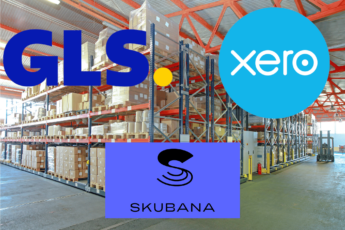We’re pleased to announce the release of OrderFlow 4.3.0. This came hot on the heels of 4.2.9 so we’ve combined details of both releases in this announcement.
During the last two releases we’ve added support for three new third party systems, as well as a number of updates to existing integrations. We’ve also included some significant product improvements, particularly in warehouse processes that involve manufacturing and licence plates.
Integrations
The most recent releases include an web service integration with the German carrier GLS.
Skubana is a US-based order management platform which can now be used with OrderFlow for fulfilment. OrderFlow uses the Skubana API to fetch orders and purchase orders, as well as send inventory notifications and despatch notifications.
With this release we have our first integration with Xero, the popular cloud-based accounting package.
In addition to the new integrations, we’ve made various enhancements and updates to existing integrations.
Based on our existing Hermes integration, we now have an Evri equivalent, reflecting their recent name change.
We’ve updated the supported versions on our DHL and Fedex API integrations.
We’ve made some additions to our Royal Mail integration (via Intersoft), making it easier to configure certain service enhancements.
We’ve improved our support for the Shopify Fulfilment API, adding detail to the shipment despatch notification.

